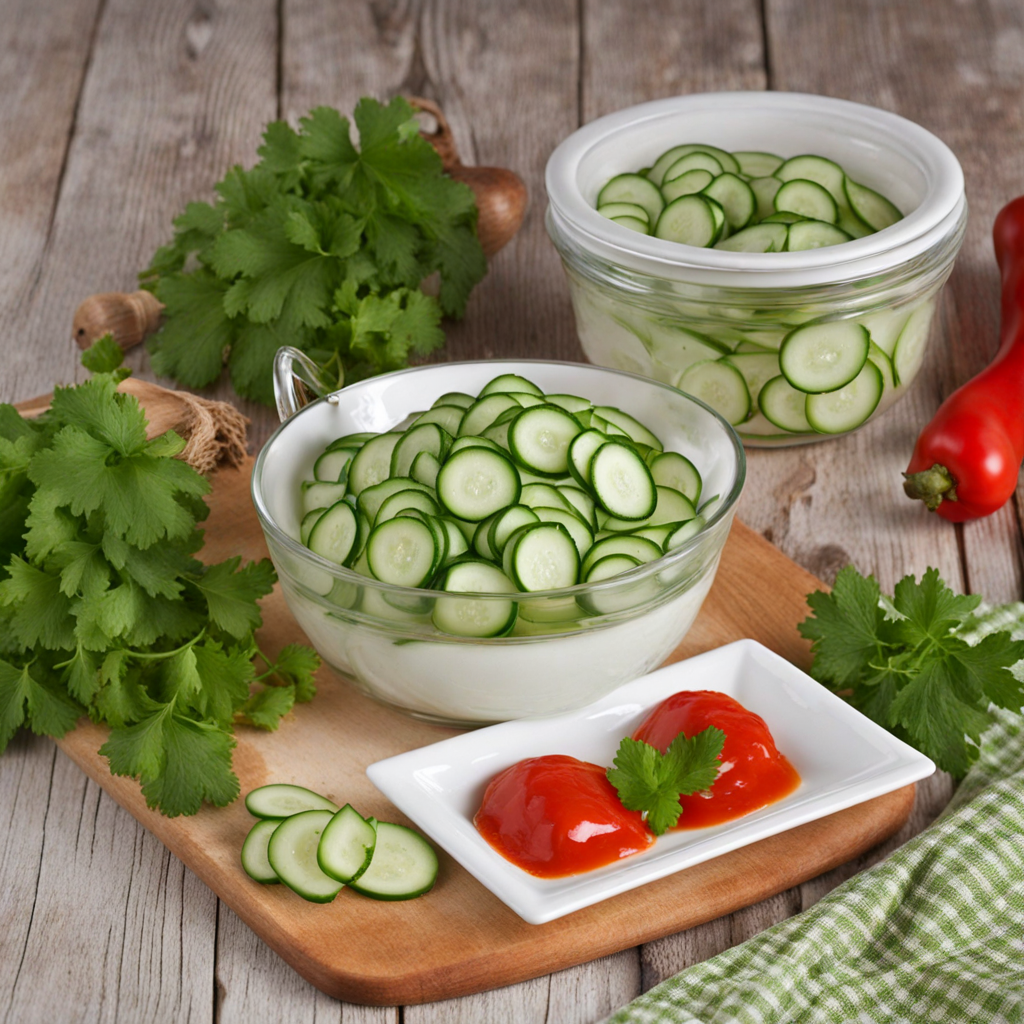Gesztenyepüré
Gesztenyepüré, a traditional Hungarian chestnut purée, is a delightful dessert that showcases the rich flavor of roasted chestnuts. The dish is crafted from sweetened, pureed chestnuts that are often combined with a hint of vanilla and sometimes a touch of rum for added depth. Its smooth, creamy texture makes it a luxurious treat that melts in your mouth, offering a unique sweetness that is distinct from other confections. Often served chilled or at room temperature, Gesztenyepüré can be enjoyed on its own or as a filling in pastries and cakes, making it a versatile addition to any dessert table. The preparation of Gesztenyepüré begins with roasting fresh chestnuts until they are tender and aromatic. Once cooled, the chestnuts are peeled and blended until they reach a velvety consistency. The incorporation of sugar not only enhances the natural sweetness of the chestnuts but also balances the earthy notes, creating a harmonious flavor profile. A dollop of whipped cream is commonly added on top, elevating the dessert and providing a light, airy contrast to the dense purée beneath. This combination makes each bite a delightful experience, merging rich and creamy textures with a touch of fluffiness. In Hungary, Gesztenyepüré is often enjoyed during the colder months, particularly around festive occasions, making it a beloved seasonal treat. It can be found in many traditional pastry shops and is sometimes accompanied by additional garnishes like chocolate shavings or candied fruits, enhancing its visual appeal. The dessert not only highlights the culinary heritage of Hungary but also invites those who try it to savor a taste that is both nostalgic and comforting, evoking memories of family gatherings and joyous celebrations. Whether you're a fan of chestnuts or exploring new flavors, Gesztenyepüré promises a delightful journey into the heart of Hungarian gastronomy.
How It Became This Dish
The History of Gesztenyepüré: Hungary's Chestnut Purée Gesztenyepüré, a beloved Hungarian dessert, is a smooth purée made primarily from chestnuts, often sweetened with sugar and flavored with vanilla or rum. This rich and creamy delicacy is not only a testament to Hungary's culinary artistry but also a reflection of its agricultural heritage, regional variations, and cultural significance. The story of Gesztenyepüré is interwoven with the history of chestnuts in Europe, the evolution of Hungarian desserts, and the communal spirit of Hungarian celebrations. #### Origins of Chestnuts in Hungary To understand the origins of Gesztenyepüré, one must first look at the chestnut itself. The European chestnut (Castanea sativa) is believed to have originated in Asia Minor and was cultivated by the ancient Greeks and Romans. It made its way into Europe, gaining popularity across various regions, including the Mediterranean, where it became a staple food source. By the Middle Ages, chestnuts were widely cultivated in Europe, particularly in southern France and Italy, and their consumption spread to central European countries, including Hungary. In Hungary, chestnuts thrived in the temperate climate and fertile soils, especially in areas such as the Buda Hills and the forests of Transdanubia. They became an integral part of the local diet, particularly in rural communities, where they were used in various dishes. The versatility of chestnuts allowed them to be roasted, boiled, or ground into flour, making them a valuable ingredient in both savory and sweet recipes. #### The Birth of Gesztenyepüré The precise origins of Gesztenyepüré as a distinct dessert are not definitively documented, but it is believed to date back to the 19th century. During this time, the Austro-Hungarian Empire was a melting pot of culinary traditions. The influence of French patisserie and Viennese coffeehouse culture permeated Hungary, leading to the development of elaborate desserts. It is within this context that Gesztenyepüré emerged, likely inspired by the European tradition of puréeing fruits and nuts for confections. Initially, Gesztenyepüré may have been a simpler dish, made from boiled chestnuts mashed into a coarse paste. As culinary techniques became more refined, particularly during the late 19th and early 20th centuries, the dessert evolved into the smooth, sweetened purée we know today. Sugar, vanilla, and rum were added to enhance the flavor, and the dish was often garnished with whipped cream or served alongside chocolate sauce. This transformation mirrored broader trends in Hungarian cuisine, which began to emphasize sophisticated presentations and intricate flavors. #### Cultural Significance Gesztenyepüré is more than just a dessert; it holds cultural significance in Hungary, symbolizing warmth, comfort, and the joy of gathering. Traditionally, it is served during autumn and winter, particularly around Christmas and New Year’s celebrations. The harvest season for chestnuts coincides with major holidays, making Gesztenyepüré a seasonal treat that evokes memories of family gatherings and festive meals. In Hungary, food is often intertwined with cultural identity, and Gesztenyepüré is no exception. It is a dish that connects generations, often prepared by grandmothers who pass down the recipe from one family member to another. The act of making Gesztenyepüré can become a communal affair, with families coming together to roast chestnuts, peel them, and prepare the purée. This ritual reinforces familial bonds and creates a sense of belonging within the community. Additionally, Gesztenyepüré has found its place in Hungarian gastronomy beyond family tables. It is commonly featured in cafés and restaurants, particularly during the colder months. The dessert's rich, nutty flavor and creamy texture make it a popular choice for patrons seeking comfort food. Furthermore, its versatility allows for variations; some incorporate chocolate or serve it with a drizzle of syrup, showcasing the creativity of contemporary Hungarian chefs. #### Evolution Over Time As culinary trends evolved, so did the preparation and presentation of Gesztenyepüré. In the mid-20th century, with the rise of food processing technology, ready-made chestnut purée began to appear. This innovation made it easier for home cooks to enjoy Gesztenyepüré without the labor-intensive process of preparing fresh chestnuts. While this convenience was welcomed, traditionalists often lamented the loss of the authentic, homemade experience. The late 20th and early 21st centuries saw a resurgence of interest in traditional Hungarian cuisine, including Gesztenyepüré. With the advent of the slow food movement and a growing appreciation for artisanal foods, many chefs returned to using fresh, locally sourced ingredients. Contemporary interpretations of Gesztenyepüré emerged, featuring innovative presentations and flavor pairings. Chefs experimented with adding spices such as cinnamon or nutmeg, incorporating seasonal fruits, or serving the purée alongside modern accompaniments like ice cream or panna cotta. Moreover, globalization and the internet have facilitated the sharing of culinary traditions across borders. As more people become aware of Hungarian cuisine, Gesztenyepüré has gained international recognition, appearing in food festivals and cultural events outside Hungary. It serves as a delicious ambassador of Hungarian culture, inviting people to explore the rich gastronomic heritage of the country. #### Conclusion Gesztenyepüré is more than just a dessert; it is a culinary emblem of Hungary that celebrates the beauty of simplicity, tradition, and community. From its origins rooted in the cultivation of chestnuts to its evolution into a cherished seasonal treat, Gesztenyepüré reflects the agricultural bounty of Hungary and the creativity of its people. As it continues to adapt to modern tastes while retaining its traditional essence, Gesztenyepüré stands as a testament to the enduring legacy of Hungarian cuisine—a legacy that honors the past while embracing the future. Whether enjoyed at a festive gathering or a cozy café, this delightful chestnut purée invites all to savor a piece of Hungary's rich culinary tapestry.
You may like
Discover local flavors from Hungary







